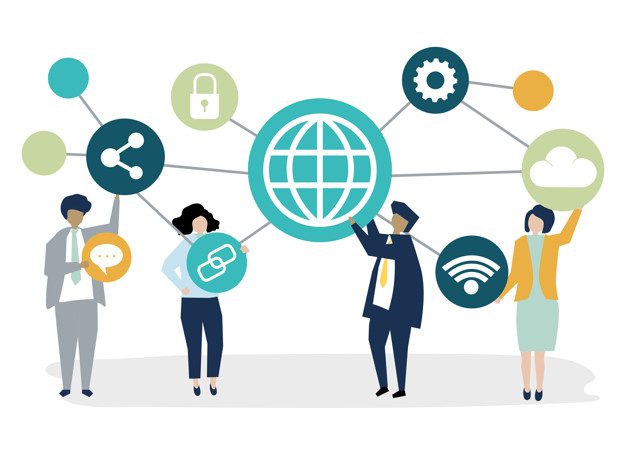Consumer-permissioned data is an emerging model for data sharing between consumers and businesses that is quickly changing the way in which consumers can harness the power of their personal data in exchange for products and services.
The concept of consumer-permissioned data isn’t new. It’s been used in the financial services industry for years as a way to verify an individual’s income, employment and credit history. What we are now seeing, however, is the potential to expand this model beyond fintech to offer consumer-permissioned data sharing for jobs, education, loans, credit, insurance, and more.
Why is consumer-permissioned data important?
The importance of consumer privacy is at an all-time high. As industries seek to further automate consumer services, it’s imperative that privacy remain paramount, and that consumers retain control and knowledge over the use of their data. In the age of GDPR and state-level protections such as California’s CCPA, consumers are at a turning point in demanding greater control over their data.
There are a few key rationale that reinforce the need for adopting a consumer-permissioned data sharing model:
- Highly available consumer data through connections to online accounts
- Privacy protections provided through a business’ consent policy
- Quality and provenance ensured through direct access to data sources
- Efficient process that establishes a direct connection between a business and their consumers
- Rapid data accessibility, limited only by consumer willingness to share
- Benefits to your customers, who feel empowered by having full control over who can access their data, for what purposes, and how it is retained
It’s almost unbelievable that the data sharing process still relies on the level of manual processes that it does. Take, for example, a mortgage loan application process. For many lenders, it means requiring PDF copies of bank statements, credit card statements, recent pay stubs, employment letters and more to verify income and employment data. It’s a time consuming process with the door wide open to the potential for manipulation of data and falsified documents. There has to be a better way, and there is.
In the past several years, there have been a flurry of start-ups focused on building APIs that unlock faster and streamlined connections between the data that businesses need and the consumers that want to access their products and services. It is important and necessary work to enable access for the insurance, mortgage, higher education and HR industries.
When the term “consumer-permissioned data” was initially coined, it was used to describe protections for individuals against online advertisers using data without knowledge or consent. It has since quickly expanded into the fintech world and beyond.
What does a consumer’s permission unlock?
The power and scope of consumer-permissioned data are limited only by the consumer’s willingness to share their data. This creates vast new opportunities for consumers and the businesses that serve them. More specifically, there are five clear categories rapidly emerging in data sharing that benefit businesses and consumers alike:
- Income – This information underpins securing loans, qualifying for mortgages, renting a home or an apartment, and buying, leasing or insuring a car.
- Employment – Confirms for hiring managers and recruiters that the information provided by a potential candidate is true, the work experience is sufficient to meet the position’s requirements, and previous titles, achievements, or responsibilities are valid.
- Education – Authenticates a candidate’s certifications or educational claims including where the candidate went to school, the major and type of degree(s) obtained, sometimes graduation date.
- Identity – Ensures that the person’s identity matches the one that is supposed to be, preventing the creation of false identities or fraud.
- Health – There currently is no standardized process in healthcare to share information across insurers, healthcare providers, hospital networks and specialty clinics.
There is a lot of energy and interest within the investor community surrounding the use of APIs to open the data sharing market. But many are point solutions that narrowly focus on addressing specific use cases, such as income verification. The reality is that if simplicity, ease-of-use, and access are the ultimate benefits for businesses and consumers, we are missing the boat by still requiring a multi-vendor process to share information.
Consumers don’t want to bear the burden of constantly accepting data access requests, and businesses don’t want the complexity of multiple hooks into various systems that are managed by different technology vendors.
From a technical standpoint, all consumer-permissioned data follows the same pattern: online accounts that house consumer data, with access provided through consumer consent. A horizontally minded, platform-based, streamlined and consumer-permissioned approach to data sharing is truly the only way to meet the needs of both businesses and consumers alike, and a major leap forward in improving the customer experience.
